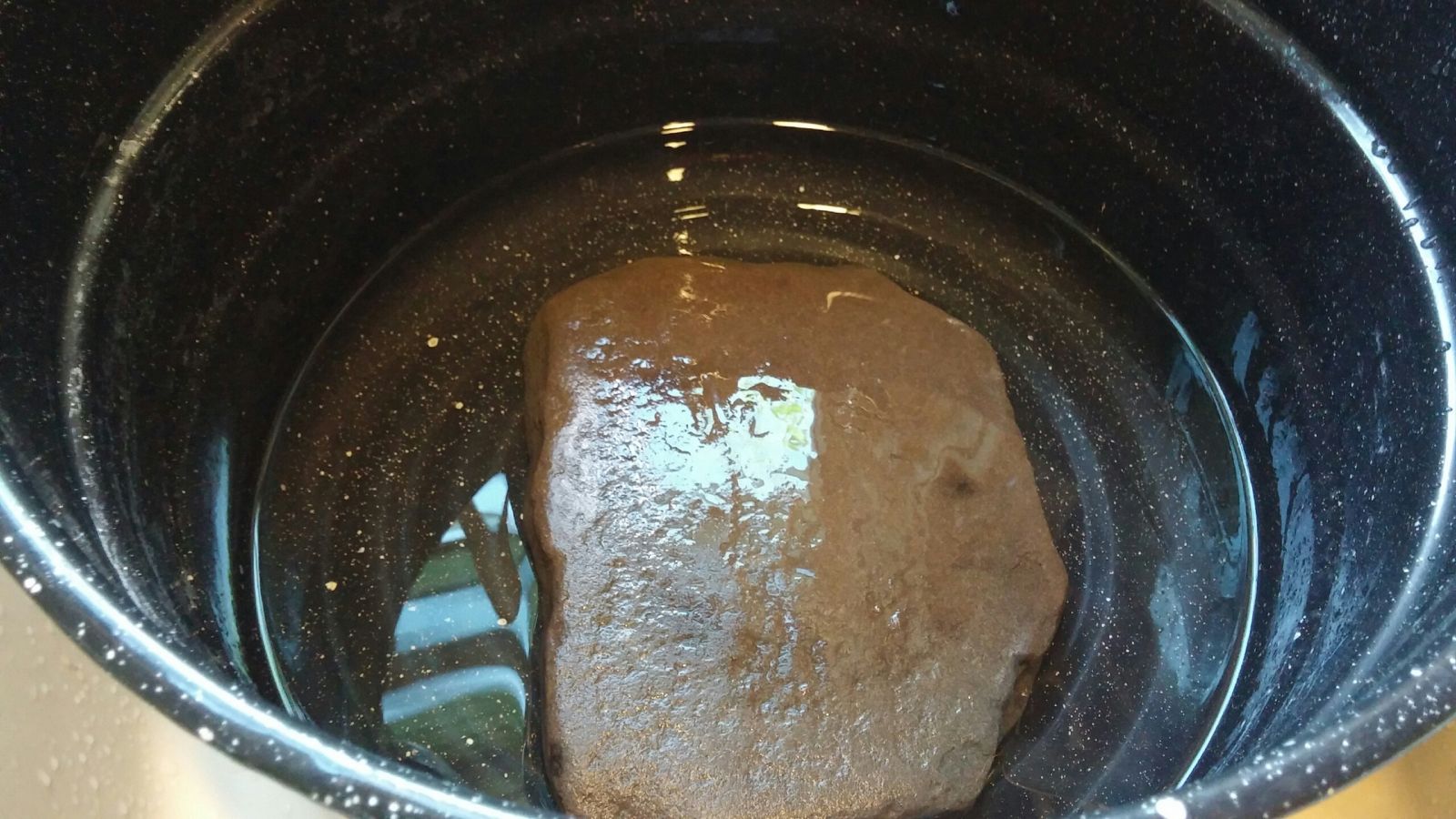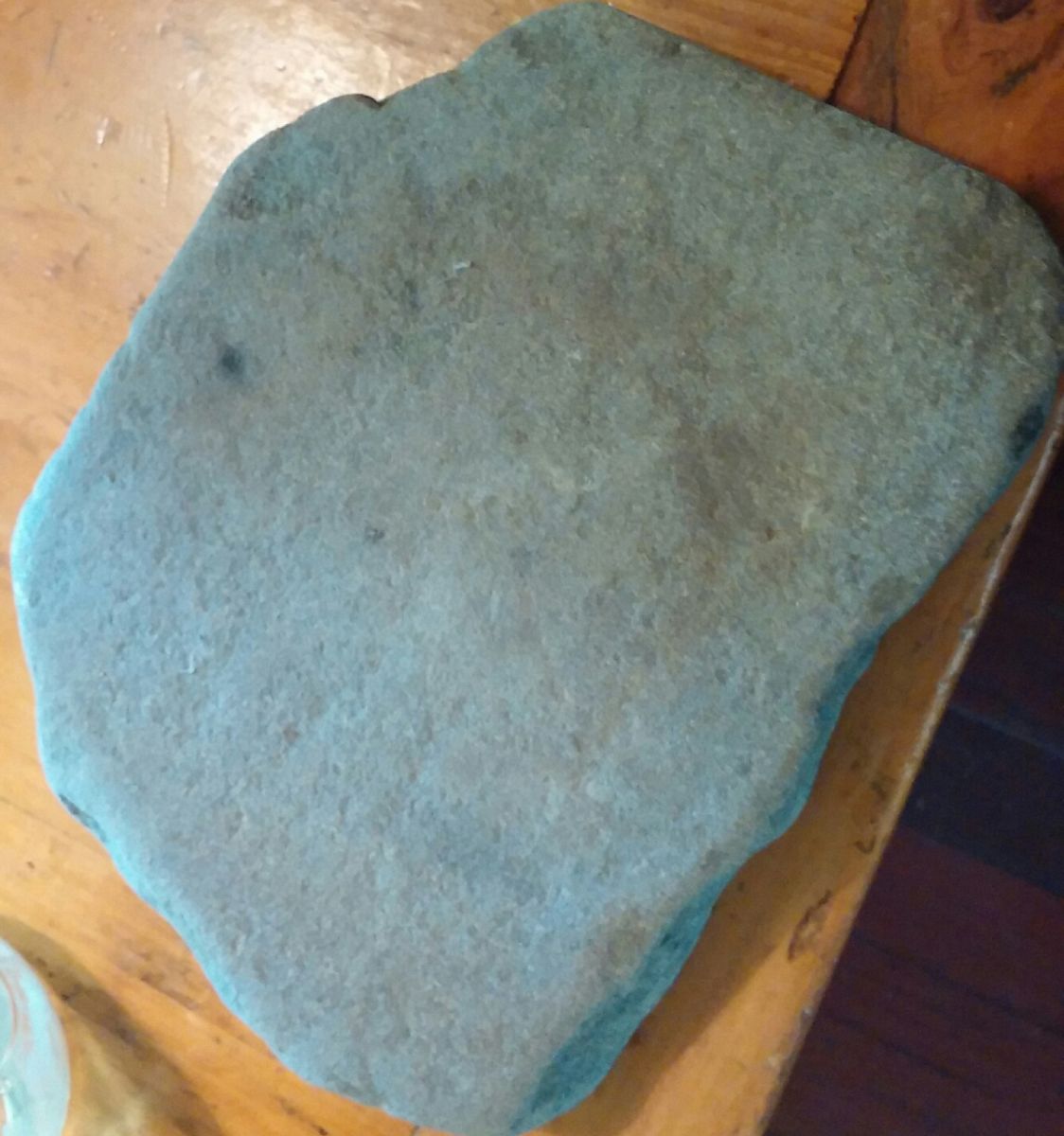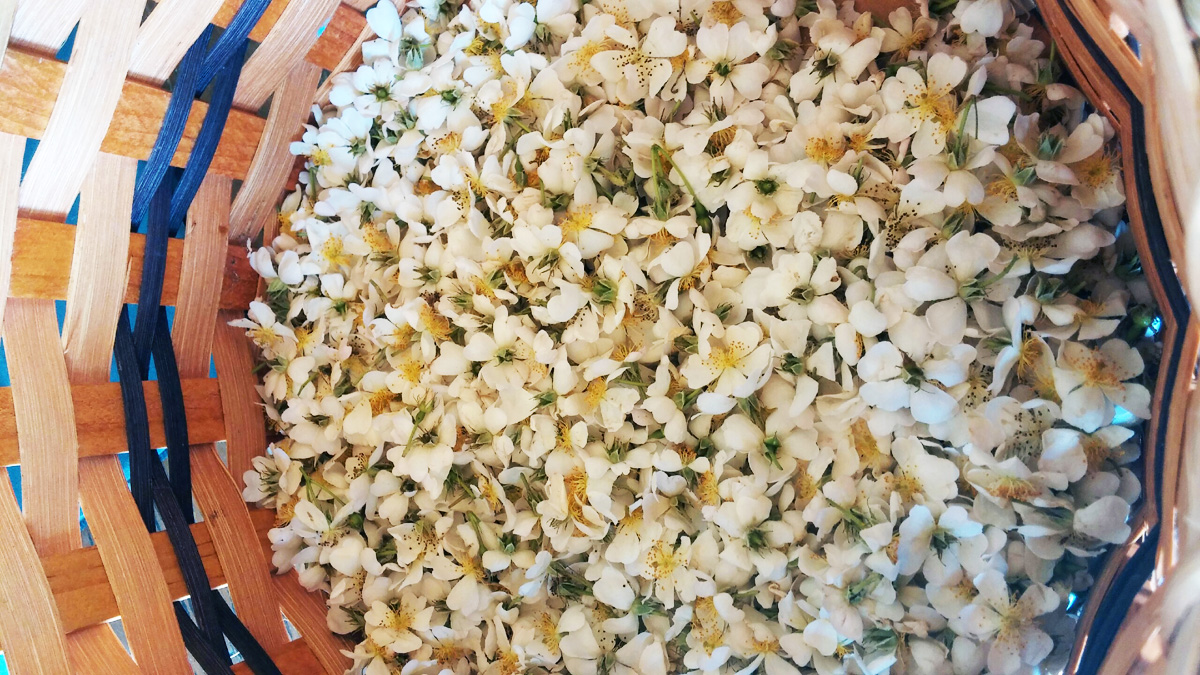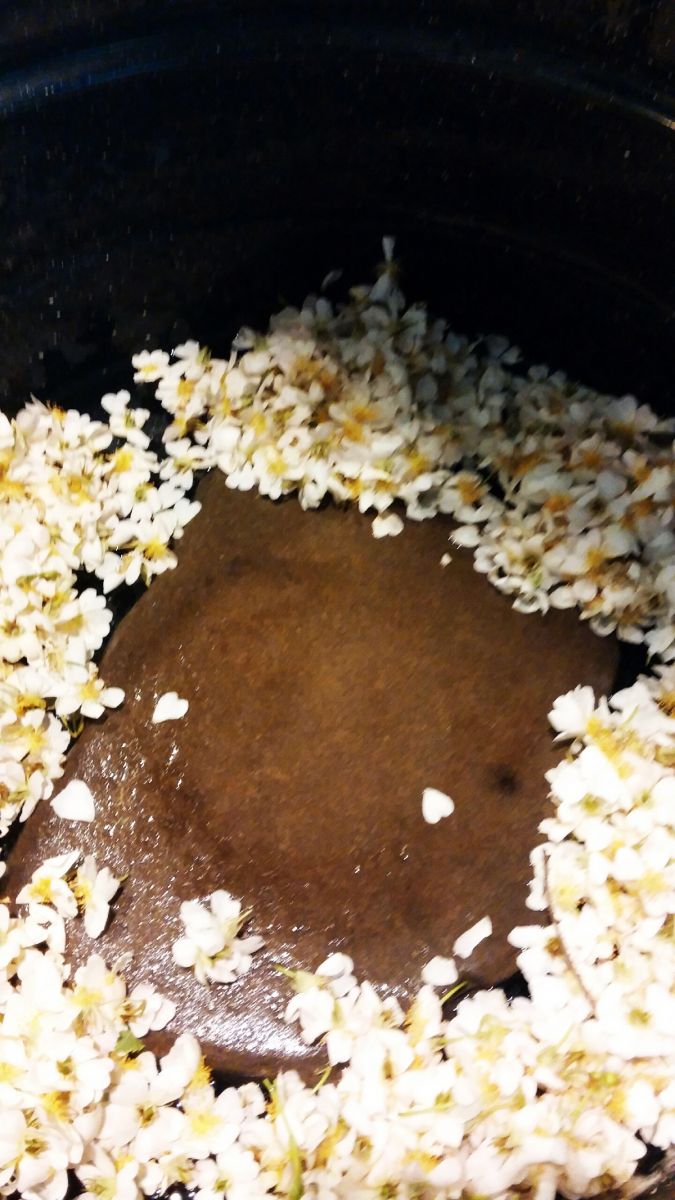Making Flower Waters
Making your own hydrosol or flower water is a simple, economical and ecologically sound method of extracting the scent and medicine from flowers. Flower waters are also an excellent alternative to essential oils that are expensive and have serious environmental consequences. Although I love essential oils and they are undeniably powerful medicine, they have become highly commericalized leading to the overharvesting of wild plants and promoting large scale agri-farming and monocropping of flowers to meet market demands. In an article written by Jen Landry, Dipl. ABT (NCCAOM), that recently appeared in United Plant Savers Journal, to make one pound of essential oil it requires 50-60lbs. of Eucalyptus, 200-250 lbs of Lavender and 5,000-10,000lbs. of Rose blossoms. The copious use of essential oils as a suitable remedies for a vast array of conditions and illnesses is not sustainable and in most cases unecessary. I do think it's important to recognize, however, that essential oils are being used in place of harsh chemical cleaners and synthetic fragrances. This is a step in the right direction when we consider the grave and hazardous results to that the use of such substances as produced for the planet and people. But, as to be expected, the popularity of essential oils and the recognition of their benefits has lead to superflous over-consumption. There are many alternatives to essential oils that are as equally effective and far more responsible.
One of my preferred methods to capture the exquisite aroma and medicinal qualities of my favorite plants is by making flower waters. Flower water or hydrosols are a distillate that is produced using steam to release the essential oils in a plant. If you had a distiller it would collect the essential oil in one container and the flower water in another. Hydrosols are basically a by-product of making essential oils and hold the same properties and scents in less concentration making them milder but with a light and quite lovely fragrance. And you don't need a still to make them. Flower waters can be made easily at home with a few common kitchen tools.
Beyond the helping to prevent further environmental destruction, making flower waters is also an act of self-empowerment and self-sufficiency. When we take advantage of what is local and accessible to us we can enjoy the fun of making our own remedies and be creative with our choices in a manner that is inexpensive and supportive of our health and well-being.
You can make hydrosols with fresh plant material that you gather or grow or they can be made with dried flowers.You many need to use more fresh than dried because dried flowers contain more concentrated essence. Some of my favorites are:
Tulsi/Sacred Basil-to uplift the mind, increase concentration and clarify thoughts
Lavender-for relaxation, sunburns, any burn at all, excema, for sleep
Chamomile-for relaxation
Wild Cherry blossoms-because I love the way they smell and they are cooling and relaxing
Lemon balm-to uplift mood, for fevers, herpes simplex, and even to add to homemade cleaning solutions
Right now in Central New York where I live the wild roses/multi-flora rose are in bloom and I just made a batch of rose water. Multi-flora roses are considered an invasive nuisance and so can be gathered in abundance. They have a smell that is sublime and right now our whole valley has wafts of wild rose on the winds. Rose flower water is astringent, cooling and anti-inflammatory making it great for skin conditions such as excema, burns, and as a facial toner. I love to spray a splash of rosewater on my face during hot summer days. Rose also calms anxiety and settles nerves making a bottle of Rosewater an excellent rescue remedy to be sprayed as needed.
Here are complete instructions on how to make flower water but, as with all my recipes, the amounts are not exact and I suggest you play around with whatever amounts produce the strength and concentration you desire. Thank you to Dana Woodruff of Dandelioness Herbals for this recipe and her great article about making hydrosols!
Step 1: Find a large, about 5 gallon, stainless steel or enamel pot. I use my canning pot.
Step 2: Acquire a flat rock or brick. It has to be flat because you going to put a bowl on it. I grabbed a flat rock from my friends who are stone carvers. The rock or brick goes in the center of the pot.
Step 3: Pour water in the pot just to the top of the rock but not so that the rock is submerged.
Step 4: Add flowers around but not on the rock or brick. Use about 1 1/2 cups of dried or 3 cups of fresh plant material.
Step 5: Put a stainless steel bowl on top of the rock.
Step 6: Put the lid on the pot USIDE DOWN. Yes,upside down...you'll see why
Step 7: Fill the upside down lid with ice cubes.
Step 8: Turn on the heat up enough to create a simmer. Basically, you want it to be hot enough to make steam. The steam will rise to the top of pot and hit the lid. This steam contains the distillate and essential oils of the plant and when it meets the coldness of the lid it will concentrate and drip back down into the stainless steel bowl. The water should not be boiling but just hot enough to make steam. The process usually takes about 30-45 minutes but I keep checking throughout the process to see if the plant looks and smells well spent. This is a bit subjective and will rely on your own sense of smell to determine if you've gotten all of the volatile oils out of the plant. Don't over steam as this will dilute the hydrosol.
Step 9: When all the ice is melted on the lid take it off and pour the water out. You can then add more ice if desired to continue distilling the water. I usually add more ice 2-3x during one distillation.
Step 10: Remove from heat and let cool. Pour the hydrosol into a glass jar. I use amber bottles with a spray top. I don't recommend plastic spray bottles, definitely use glass.
Step 11: Enjoy! Spray as perfume, on sunburns, as a room freshener or to freshen your mind!










